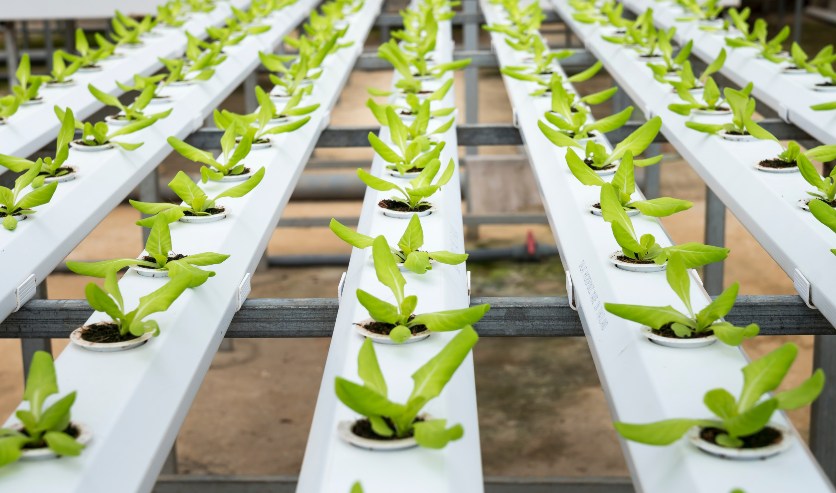As per data from the Philippine Statistics Authority, the Philippines’ Gross Domestic Product (GDP) grew by 7.6% in 2022, marking the highest growth rate for the country’s GDP since 1976.
The growth may be attributed to the public and private sector’s ongoing efforts to develop the Philippines’ domestic industries. Such growth has not only strengthened the Philippines’ economic position on a global stage but has also manifested potential business opportunities across several markets in the country.
Parties interested in exploring investments in the Philippines should capitalize on these key industries: the digital economy, electronics, and renewable energy.
Digital Economy in the Philippines
In a separate report by the Philippine Statistics Authority, the Philippine digital economy’s value in 2022 was an estimated 2.08 trillion PHP, a significant increase from the 1.8 trillion PHP registered in 2021. With such a valuation, the data revealed that the digital economy accounted for an estimated 9% of the Philippines’ gross domestic product (GDP) in 2022.
The rise of the Philippines’ digital economy can be attributed to the increase in digital transactions amid the pandemic, which was largely driven by the e-commerce sector. Although physical retail stores are expected to rebound in the post-pandemic era, online shopping will remain profitable as consumer behavior has shifted. Thus, foreign and domestic investors alike should anticipate potential investment opportunities in the Philippines’ e-commerce market. Private sector players specializing in last mile delivery, logistics infrastructure, and related operations stand to benefit the most from these potential investment opportunities.
For instance, firms specializing in digital infrastructure can capitalize as the entry of such players will further enable digital activation of Philippine users, as an estimated 15% of Filipinos remain offline. Moreover, in the context of e-commerce, there is also a rising demand for logistics services that are more efficient, streamline processes, and prioritize reduced costs.
Interested parties can also explore investment opportunities in other segments of the Philippine digital economy, specifically financial technology, as there is a need for financial services among the country’s unbanked and underbanked population. Considering that the Philippine economy relies heavily on micro, small, and medium-sized enterprises (MSMEs), many of whom have limited access to formal financing, the entry of fintech players will increase accessibility and affordability. Specifically, firms specializing in micro lending or neobanking can leverage this gap in the market to facilitate their entry into the Philippines’ digital economy market.
Electronics Industry in the Philippines
On the global landscape, the significance of electronics and related sectors like semiconductors cannot be understated, as they are crucial in meeting the demand brought about by widespread digital transformation. In the Philippines, the electronics and semiconductor industry is one of the largest contributors to the economy, with the sector’s exports recording an all-time high of 69 billion USD in 2022, per a report from the Philippine Star.
Hoping to replicate such success in 2023 and beyond, the Philippines will likely seek to strengthen the country’s position in the global value chain. While it may be difficult to expand rapidly, players in the Philippines’ electronics and semiconductor industry can explore several promising opportunities.
For instance, the Philippines should actively explore how they can better collaborate with global partners in consideration of their respective government initiatives, like the United States and the CHIPS Act, which is an economic framework to stimulate domestic economic growth. Although such an initiative was crafted primarily to cater to domestic manufacturers within the United States, the Philippines can still leverage this opportunity to explore collaboration in other areas relevant to the electronics and semiconductor industry, like assembly, knowledge exchange, and technology transfer.
Meanwhile, the Philippines should also continue digitally upskilling and training the domestic talent pool to attract investment from international players. In addition, the Philippines also has a relatively low cost of labor, which will likely be determining factor for parties wanting to become new market entrants in the Philippines’ electronics and semiconductor industry.
Renewable Energy in the Philippines
At a glance, the Philippines boasts an impressive 246,000 megawatts (MW) of untapped renewable energy while ranking third worldwide in geothermal capacity at 1,900 MW, per data from ASEAN Briefing. This data indicates the Philippines’ immense potential, and significant growth is expected as many international parties have taken note.
To facilitate entry, international players should take advantage of recent regulatory changes made by the Philippine government. Specifically, the government has passed a law that allows for 100% foreign ownership of renewable energy projects within the country. Similarly, to accommodate the influx of renewable energy products from both domestic and foreign parties, the Department of Energy (DOE) is also working to streamline approval processes for project permits.
Such developments are beneficial for all parties involved as these initiatives will effectively stimulate the local economy and strengthen the Philippines’ position globally. More importantly, these developments also signify to global players that the country is actively welcoming foreign investment. Interested parties should pursue opportunities confidently, as this trend will likely continue in the years to come, especially when considering that the Philippines hopes to achieve its renewable energy goals in 2030 and 2040.
Overall, the emerging trends and data have indicated that the digital economy, electronics, and renewable energy are some of the most promising industries in the Philippines. The conditions of these markets reflect that they are ripe for investment from foreign and domestic parties, which will benefit investors and ultimately catalyze short- and long-term development within these industries.
To get insight into the latest industry trends across Southeast Asia and beyond, subscribe to our newsletter here and check out these reports:






